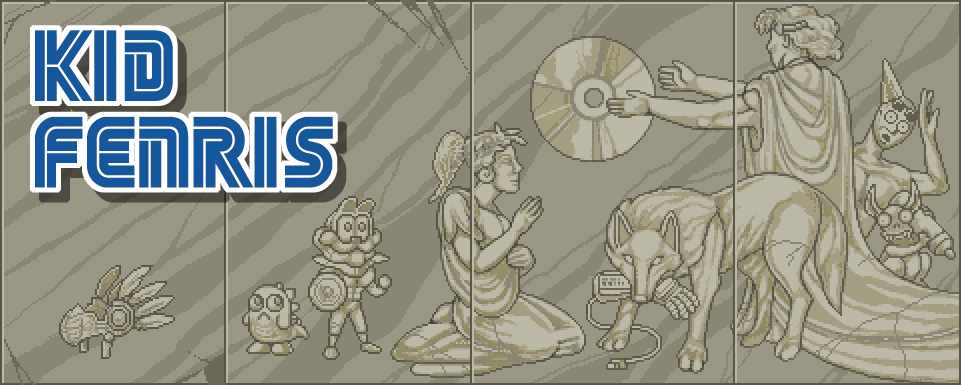The first generation of 3-D fighting games aged quickly and poorly. It wasn’t just the embarrassing one-offs like Fight for Life and Criticom, either. The standard-bearing, system-selling Tekken, Toshinden, and Virtua Fighter all lasted about a year before time and sequels reduced their once-impressive polygon characters to laughable mannequins. Knowingly or not, a developer called Zoom had the right idea back in 1995: if the combatants in all nascent 3-D fighting games were bound to look like blocky robots anyway, why not just make a fighter full of…well, robots?

Zoom was quite familiar with the path that led to Zero Divide on the PlayStation. Their most prominent creation prior to this was the Genocide series, consisting of two side-scrolling, mecha-filled action games for the Super Famicom and Sharp X68000. Zero Divide takes a few design cues from Genocide 2’s large-shouldered mechs and adds all the necessary stereotypes of a fighting game. There’s a basic robot named Zero, a slightly different rival-bot named Eos, a swordsbot named Cygnus, a camouflage-painted gun-bot named Wild-3, and a feminine cat-bot named Io. Rarer archetypes edge in as well: Draco’s a mecha-dragon, Nereid is a slavering, multi-armed beast with a drill for a body, and Tau is a screen-filling robotic scorpion. And why are all of these robots fighting? They’re part of some virtual-reality attempt to expose a taunting hacker named XTAL. We'll come back to him later.
If the characters have moments of invention, Zero Divide’s gameplay is painstakingly copied from Virtua Fighter. Special attacks are done by tapping the direction pad, most of the moves are button combos, jumping sends you high into the air, and being knocked out of the ring ends your match. At least the robots can grab the edge of that ring and pull themselves back in. The game also offers a limited selection in which opponent to fight next, though you face them all eventually.

Zoom picked a decent base for their fighting game, but Zero Divide doesn’t escape the problems common to early 3-D fighters. The controls are a little too sluggish, the gameplay just a little too limited in its one plane of combat. While the difficulty curve is fair, the characters don’t have enough moves to keep things interesting through repeated playthroughs or extensive two-player competition.
